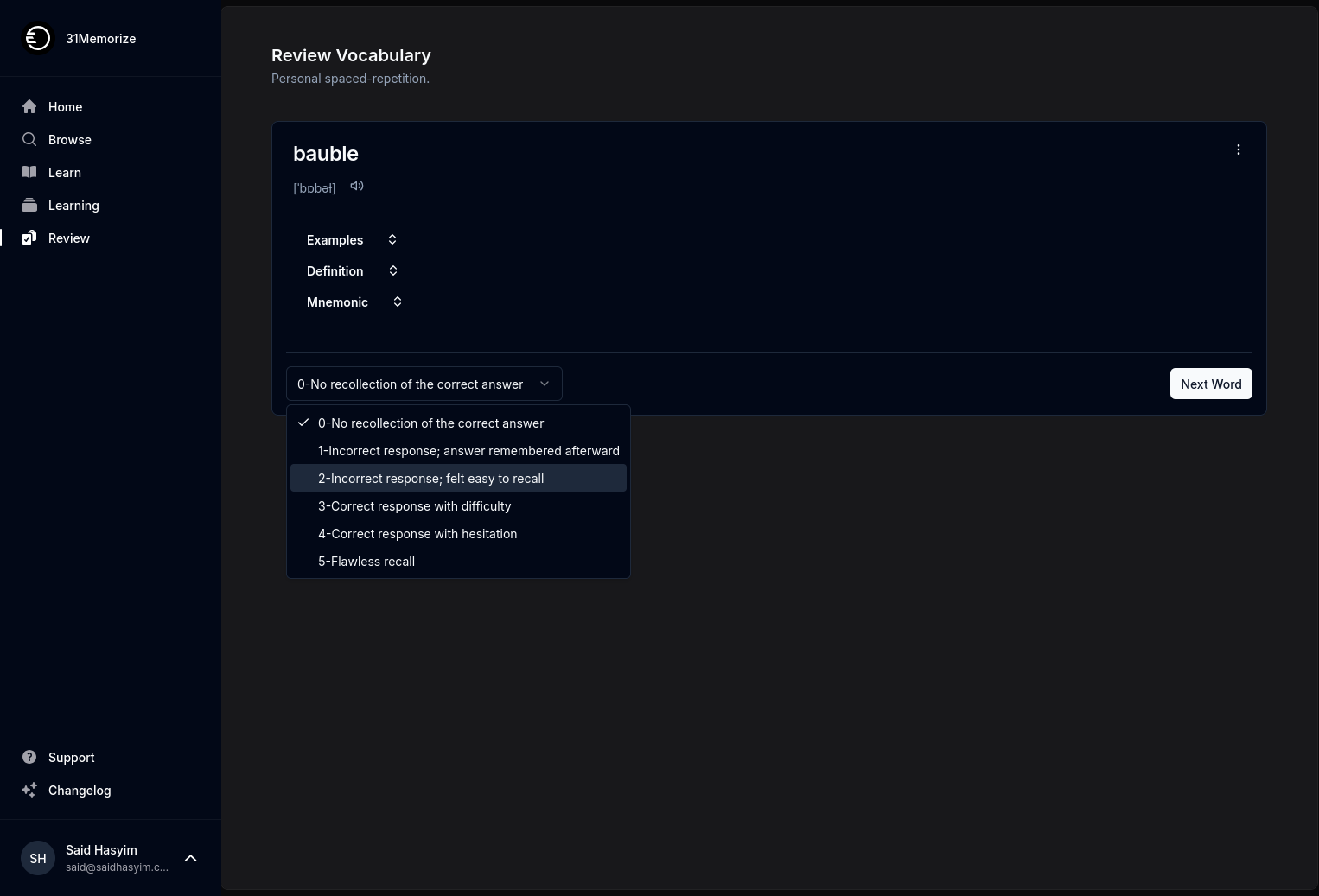Finding Your Niche Through Book Rating Analysis
In the ever-evolving landscape of literature, finding your niche as a writer or reader can often feel overwhelming. With countless genres, themes, and writing styles vying for attention, how can one carve out a unique position in the literary world? One powerful tool in your arsenal can be book rating analysis. This method not only sharpens your understanding of the market but also provides invaluable insights into reader preferences. In this post, we will explore the steps involved in book rating analysis and how you can utilize this technique to identify your niche effectively.
Understanding Book Rating Analysis
At its core, book rating analysis involves collecting and interpreting data on how books are rated by readers across different platforms. This analysis can serve various purposes, such as:
- Identifying Trends: What genres are currently trending? Which authors are gaining traction?
- Understanding Reader Preferences: What themes resonate most with readers? Are there common characteristics in highly-rated books?
- Analyzing Competitors: How do books in your desired niche perform? What can you learn from their successes or failures?
By diving deep into book ratings, you can gather insights that will help you fine-tune your writing or even your reading lists to align with both your passions and market demand.
Step 1: Collecting Data
The first step in your analysis is to gather book rating data from different sources. Popular platforms include:
- Goodreads
- Amazon
- LibraryThing
- Bookish
You can create a spreadsheet to record ratings, reviews, number of ratings, genres, and other relevant metrics for a selection of books.
Tips for Data Collection:
- Select a Range of Books: Aim for a mix of high, medium, and low-rated books within your target genre.
- Include Various Genres: While you may have a specific genre or niche in mind, examining adjacent genres can yield unexpected insights.
- Focus on Recency: Look for recent publications. They often reflect current trends and reader preferences.
Step 2: Analyzing the Ratings
Once you have collected your data, the next step is analysis. Here’s how you can effectively analyze book ratings:
1. Calculate Averages and Distributions
Start with the basic statistics:
- Average Rating: What is the average rating of books in your targeted genre? Are readers leaning positively or negatively?
- Distribution of Ratings: Look at the range. How many books are rated five stars versus one star? A wide distribution could indicate polarizing content.
2. Recognize Patterns in High Ratings
Examine the books that receive the highest ratings—what do they have in common? Possible factors to consider include:
- Themes: Are there recurring themes or topics that resonate?
- Writing Style: Is there a particular style that readers seem to favor, such as lyrical prose or straightforward narrative?
- Character Development: Do these books feature deep character arcs, relatable protagonists, or unique settings?
Step 3: Diving Deeper with Reviews
Numbers alone can only tell part of the story. To understand the “why” behind book ratings, delve into reader reviews:
- Identify Keywords: Analyze common keywords or phrases used in positive reviews. This can guide you in topics or styles that readers cherish.
- Consumer Sentiment: Pay attention to both positive and negative feedback to understand what works and what doesn’t. Readers may continuously mention underdeveloped plots or character stereotypes, which can signal what to avoid.
- Explore Authorial Voice: Consider how authors present their unique voices and how readers respond to those choices.
Step 4: Evaluating Your Position
Having gathered and analyzed the data, it’s time to evaluate how your own writing (or reading) fits into the landscape:
- Identify Gaps: Look for areas in the market that are underperformed or overlooked. Are there specific sub-genres with few high-rated books?
- Relate to Reader Feedback: Does your writing style or theme align with the desires and preferences identified in your analysis?
- Test Your Ideas: Consider writing short stories or essays that experiment with your findings. This not only allows you to test reader appetite but can also help you refine your voice.
Step 5: Continuous Adaptation
Finding your niche is not a one-time process; it requires ongoing evaluation and adaptation. Keep an eye on evolving trends and reader preferences. As genres blend and new topics emerge, your ability to analyze changes over time will be crucial in maintaining your relevance.
Conclusion
Finding your niche through book rating analysis can be an enlightening journey. By systematically gathering and analyzing data, you’ll better understand reader preferences and identify opportunities within the literary landscape. This knowledge empowers you to make informed decisions, whether you’re looking to write your next bestseller or curate a reading list that aligns with your interests.
Ultimately, the heart of finding your niche lies in a balance of passion and data-driven insights. As you embark on this analytical journey, keep an open mind and be willing to adapt; the literary world is vast, and your unique voice deserves a place within it. Happy reading and writing!
